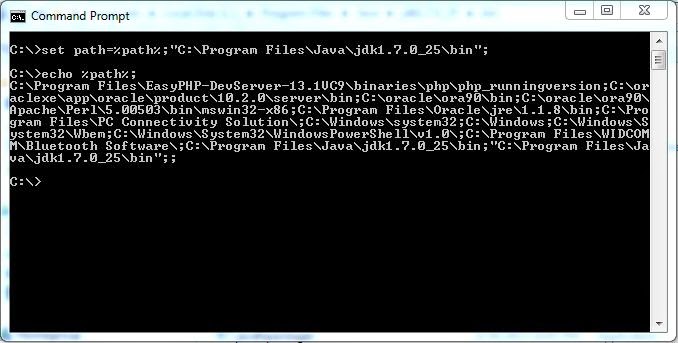When it comes
across the security issue of programming languages, Java is surplus over
traditional programming languages like C and C++. Java is more secure than C
and C++ for the following reasons:
·
Its JVM and not OS: All Java programs run over JVM
platform and not on Operating system. So any OS related updates or modification
does not affect execution of Java program.
·
Sandbox Security Model: Java applets are executed inside
sandbox which creates an environment, which provides restricted access to OS
resources and allows user to run un-trusted code from unknown source safely.
·
No Pointer Manipulation: In traditional programming memory
references can be manipulated but in Java we cannot manipulate references. Thus
you cannot cause an object reference to point to an arbitrary memory location, which
in turn provides secure memory access.
·
Byte Code Verifier:
Byte code verifier checks correctness of class files and API libraries. Java
uses this byte code verifier module which checks Java code automatically before
executing it.
·
Array Boundary Check: Java provides run time array
boundary check which is not provided in traditional programming.
·
Packages and Access Modifiers: This combination of packages and
access modifiers allows your class to have detailed knowledge of each other,
but not expose that knowledge outside that package.
·
Run Time Exception Handling: Exceptional conditions may arise in
traditional programming which may lead to abnormal termination of programs but
Java provides exception handling which helps to handle and eliminate this
abnormal termination.
·
Dynamic Memory Allocation and
De-allocation: In
traditional programming C,C++ dynamic memory management is very difficult as
memory allocation and de-allocation must be done by programmer but Java does
this dynamic memory allocation and de-allocation without any extra efforts.
Java uses new operator to dynamically allocate memory and Garbage Collection
technique to handle automatic memory de-allocation.
·
Two Level of Code Checking: Code is checked two times, first at
compile time and then at run time which can be considered as more secure than
single level of code checking.



